Historic Busan Museum
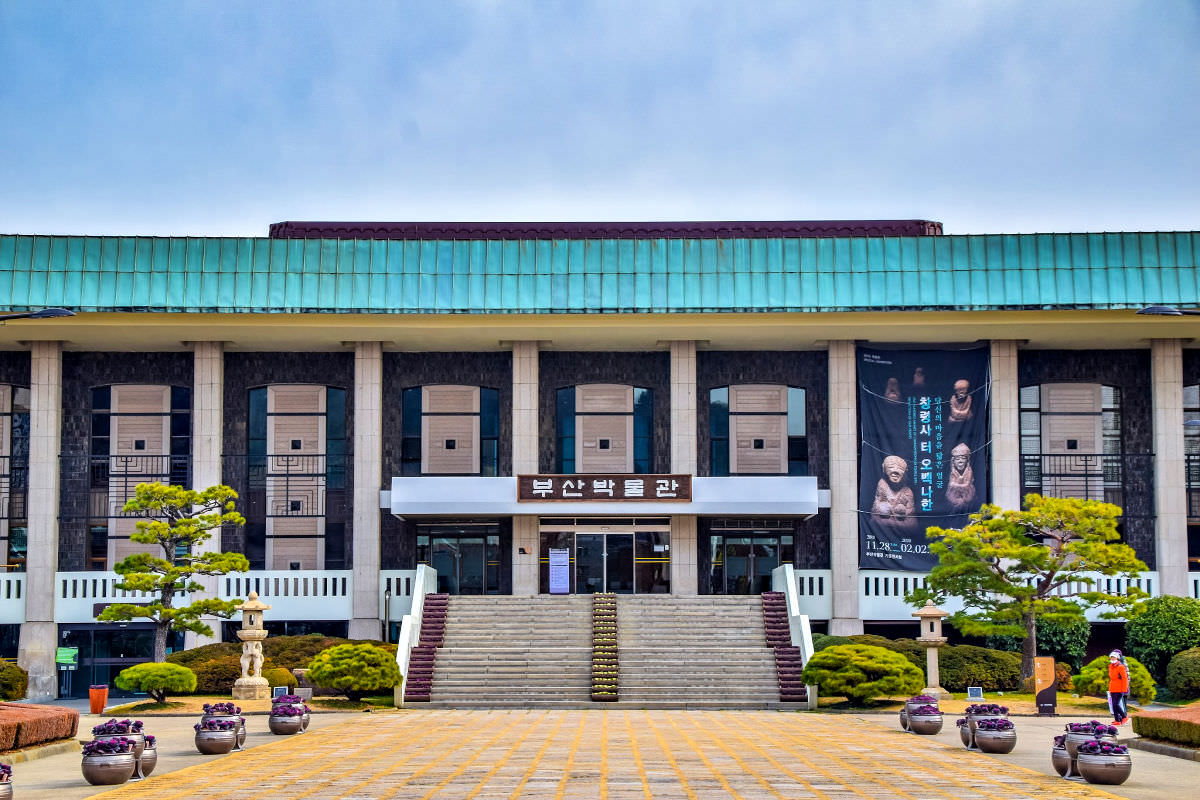 Frontal view of Busan Museum
Frontal view of Busan MuseumIntroduction
Busan Museum is a great place to visit if you want to learn about the history of art, contemporary collections, and cultural heritage artifacts in South Korea.
It has a vast collection of artwork from various periods, including traditional and modern styles. With its wide range of exhibitions, visitors can get an idea of the country’s artistic evolution over time.
The museum also holds special events such as lectures, workshops and art shows which provide an opportunity to interact with the artists and gain in-depth knowledge of their work.
The museum also has a gift shop where visitors can purchase souvenirs and other items related to Korean art. Additionally, there is a large library where you can find books about Korean art history as well as titles from both domestic and foreign authors.
Travelling to Busan from Seoul is easy. It takes only around two hours by train and there are buses that run regularly between the two cities. If you're looking for an interesting and educational way to spend your time in South Korea, then a visit to Busan Art Museum is definitely recommended!
Visitors will find plenty of restaurants nearby that serve traditional Korean dishes as well as international cuisine.
There are also a variety of cafes, bars and clubs close to the museum which provide an opportunity for visitors to relax after a day exploring Korean art.
The museum also hosts regular cultural events such as lectures, workshops and performances. These give visitors a chance to learn more about Korean culture and history as well as gain insight into the creative process.
The museum also has a gift shop that stocks souvenirs, books and other items related to art and culture. So come visit Busan Art Museum and experience Korea’s rich visual heritage!
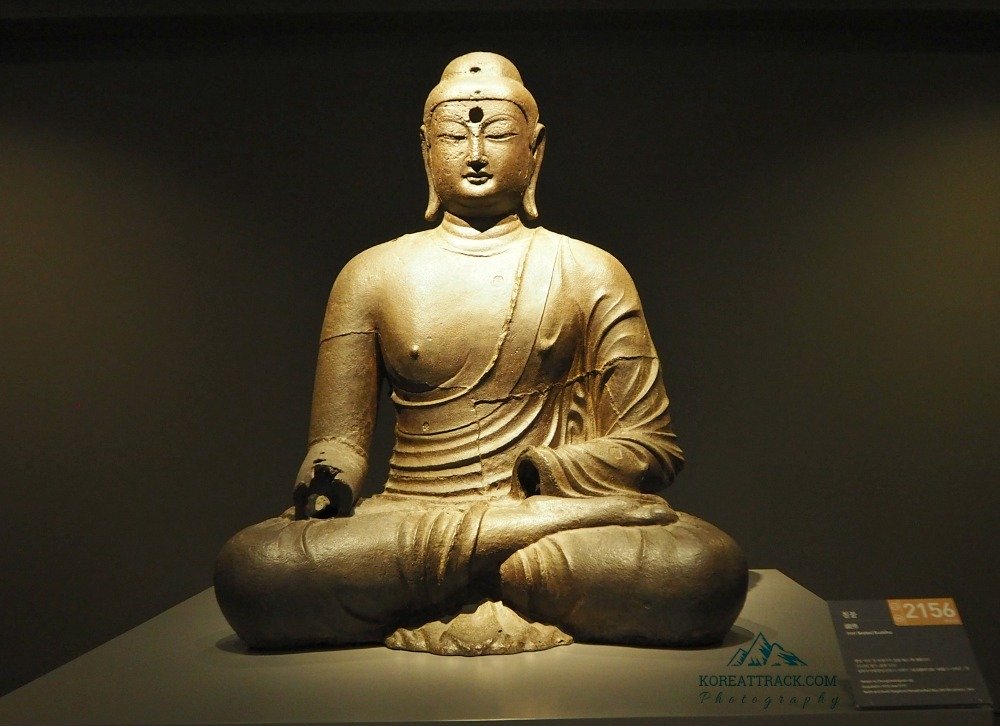 Iron sculpture of a Sitting Buddha at the National Museum in Seoul
Iron sculpture of a Sitting Buddha at the National Museum in SeoulBusan Museum
Busan Museum is a famous museum in that city that has a great collection of items that represents Busan's cultural heritage. Both locals and travelers alike admire the wealth that this museum houses for almost half a century now.
The Busan Metropolitan Government organized the establishment of the Busan Museum that was finally inaugurated in 1978.
The Busan Museum offers seven standard exhibition rooms spread over three floors in addition to the Kiln Exhibition Hall and the Outdoor Exhibition Hall. It is open daily from 9:00 a.m. to 6:00 p.m., except on Mondays and national holidays, when it is closed.
The museum holds more than 35,000 artifacts that range from the prehistoric era to the present day, including many relics of Buddhism. In addition to its permanent exhibitions, the Busan Museum also offers rotating exhibitions, special theme shows and educational programs.
The museum strives to preserve Busan's cultural heritage, while providing visitors with valuable information through its displays. Its mission is to promote the understanding of history, culture and art within a global context. Thus, visitors enjoy an enriching experience as they explore the fascinating collection of artifacts.
The museum has a strong commitment to preserving Busan's cultural heritage and strives to bring visitors new exhibitions and activities every year. The museum also has a special educational program for children, where they can learn about the history of Busan's culture in an interactive environment.
TRIVIA: Busan Museum house around 45,000 items as recorded since the end of 2017. The collection and research are still ongoing.
Opened in 1978, the museum has taken on a leading role in preserving traditional culture in Busan by obtaining a wealth of relics from strong excavation efforts, generous donations and purchases, and by meticulous research.
The museum was renovated in 2002, along with the opening of Exhibition Hall 2. The wide array of relics ranges from the Prehistoric Age to the modern period. Among the collections, artifacts from Gaya and Silla periods are particularly impressive.
Also important is the museum’s collection of fine art such as paintings, calligraphy, prints, and crafts. The museum has developed an interactive exhibition space to provide a learning experience for adults and children alike.
Visitors can learn about ancient culture through special exhibitions and education programs. The museum also publishes books, conducts research and lectures, organizes public events, runs a library and offers educational programs to foster understanding of the history and culture of Busan.
Among its activities is an international exchange program with sister museums in Japan, China and other countries. The museum was honored in 2008 for its outstanding contribution to cultural advancement in Busan.
Visitors to the museum can enjoy its artwork, programs and exhibitions for free! The museum hopes to continue bringing the knowledge of culture and history to the public.
In addition to its permanent collection, the museum also offers a variety of special exhibitions featuring local artists, international art movements, and renowned masters.
Through these exhibitions, the museum seeks to promote cultural exchange between Busan and other countries. The museum also offers educational programs, such as lectures, workshops, and classes for students of all ages. These programs provide an opportunity for visitors to interact with art in a hands-on environment.
The museum provides many opportunities for people of all backgrounds to explore their own creativity. Visitors can also participate in interactive activities and engage in discussions with museum staff about the artworks on display.
Through these experiences, visitors can gain an appreciation for the diversity of cultural expressions from around the world and develop a deeper understanding of their own culture.
Outdoor Exhibitions
The Outdoor Exhibition Hall is home to precious pagodas, Buddhist statues, and monuments.
There are over 6,000 items from excavations in Busan and the Gyeongnam area.
That number is in addition to items that have been purchased, donated, and collected. Those relics reveal the important historical and cultural heritage of Busan.
The exhibition hall offers a variety of activities for visitors. A 3D experience, an excavation simulation program, and interactive features allow the visitor to learn more about the artifacts in detail.
In addition, there are lectures from experts on Korean culture that provide valuable insight into the history of Busan and South Korea's rich cultural heritage.
The hall is also home to many events and festivals throughout the year, such as the Busan International Antiquarian Book Fair. This event hosts a variety of rare books and documents from around the world, giving visitors an opportunity to learn more about our past.
Overall, the Outdoor Exhibition Hall is a great way for people to explore Busan's history and culture in an interactive and engaging way. Come explore the past and learn about our fascinating heritage!
Detail Museum Program Information
This sub-section details the activities by mentioning time accessibility for different groups of people and time allocations.
Busan Museum Mission Bag
This activity is a daily effort for parents with primary school child/ren. This activity takes about an hour or two.
Museum Tour
The museum authorities offer every third weekend of the month a 4-hour tour to all visitors.
Dream Dream Museum
Every second Saturday of the month, there is an activity for two hours at the local children's centers.
Saturday Museum Class
Every fourth Saturday of the month, there is a museum class for families with primary school children. The class runs for two hours each time.
Yomijomi Museum Class
This class is for kindergarten groups. It is being held every second and fourth Friday of the month for two hours.
Tea Ceremony and Hanbok Experience
This sounds like a cultural activity especially offered to foreign visitors. This exciting activity happens daily for 40 minutes during the day. There is no age distinction to access this experience.
Busan Museum Exhibition Halls
Busan Museum organizes the items it is housing by using halls per historical period. Below are the main rooms containing in each gallery.
Dongnae Hall
Dongnae Hall holds Busan's history from the Paleolithic Period to the Goryeo Dynasty. It is where you can find the archaeological finds which reveal the excavated relics testifying to Busan and Korean people's past.
Busan Hall
Busan Hall houses the rooms, including Joseon Room, Modern History Room, Contemporary Room, and the Art Room. These rooms can tell you how Korean culture has evolved and transformed into the current development of the society.
Outdoor Exhibition Hall
The outdoor hall displays over 40 stone-carved monuments and statues. Some of the relevant monuments include Dongnae Nammun Monument, Cheokhwa Monument, Yakjojechal Monument, and Sacheoseokgyo Monument.
 Marine Bay & Yacht Club
Marine Bay & Yacht ClubMore Museum Facilities
Aside from the exhibition rooms, you can also access facilities and convenience resources while you are learning and enjoying the exhibits.
The Dongnae Hall offers the Information Center, lockers, classroom, materials room, nursing room, and exhibitions.
The Busan Hall, aside from its exhibition rooms, it has a cafeteria, gift and souvenir shop where you can slow down and take a break.
Facilities for the Handicapped
Busan Museum is a very visitor or user-friendly. It has facilities such as an elevator, restrooms, parking areas, wheelchairs for rent, baby strollers for rent, and audio guide rental service.
Pets are not allowed to get in the museum.
Inquiry: Information Desk +82-51-610-7150)
Credit Cards Accepted
Accepted in the cafeteria
Parking Fee: Free
Foreign Language Interpretation Services
- Guided tour is available in Japanese (one Japanese guide offers guide service for foreign visitors, interpretation service, promotion of museum)
- Audio guide is available in English, Japanese, and Chinese languages
- Inquiry: +82-51-610-7150
Nearby Attractions
Below, you can find samples of Busan's attractions. They are located mostly at the heart of the city. Feel free to scan other pages to discover more exciting sites in Busan and its surrounding places.
UN Sculpture Park
This sculpture park is in Nam-gu (District) in Busan City. It is right to the UN Memorial Cemetery that honors the UN soldiers who offered their lives during the Korean War in 1950-53.
Busan Cultural Center (부산문화회관)
Busan Cultural Center offers venues for various cultural arts and performances for people to enjoy. It is located in Nam-gu District, Busan City. You can watch multiple art expressions, including concerts, dances, plays, and other creative cultural performances.
UN Memorial Cemetery in Korea (재한유엔기념공원)
This memorial park commemorates the death of UN soldiers from 16 countries who offered their lives during the Korean War in 1950-53. Some close relatives of the buried soldiers regularly come to pay respects to their loved ones.
Geumnyeonsan Mountain
Geumnyeonsan is a favorite mountain for regular hikers in the area. It is more colorful and attractive during the Spring and the Autumn seasons. This 415-meter high mountain is believed to have gotten its name from its somewhat lotus-like shape, while others argue with another compelling reason.
Igidae Park (Busan National Geopark of Korea)
Igidae Park is a national geopark in Busan City. It is situated by the seaside, offering fantastic views of Busan's blue ocean. It sits over the hill across a sewage treatment plant in Yongho District. Igidae is a popular tourist site in the city.
Accommodation & Hotels
If you are planning to explore Busan's tourist attractions, you will undoubtedly need a place to stay. Not just any place but comfortable accommodation with excellent facilities and offers relaxing views from its windows.
So, you can see some of the recommended accommodation below for you to check out. Feel free to search through the Search Box found on the right-hand side of this page.
Hotel Prime
Hotel Prime is a tourist hotel located close to the Busanjin Subway Station. Situated at the heart of the city, Hotel Prime offers greater access to various main touristy areas and nearby tourist attractions and sights.
Hotel Lamer
Hotel Lamer is a tourist hotel located in Dong-go District, Busan City. You can easily enjoy and access other famous places in the city. The hotel offers excellent facilities, including a cafeteria, spacious gym, and other fitness and relaxing facilities.
Dawn Beach Hotel
Dawn Beach is a tourist hotel with the best ocean
views located near Gwangalli Beach. It offers 44 grand guestrooms and
has facilities for your relaxation, including the sky lounge area.
Homers Hotel
Homers
Hotel is a tourist hotel sitting along the beach area by the end of
Wangandaegyo Bridge. The facility offers a panoramic view of Busan City
while at the same time gives you the refreshing cool sea breeze.
The Park Guesthouse
The
Park Guesthouse offers a homestay facility that is located in the
Gwangalli Beach area, Suyeong District, Busan City. They have a living,
kitchen, and an atmosphere similar to your own home.
Guests can also enjoy the view of Gwangan Bridge, nearby parks and the beautiful sea. The facility has a variety of room types, including family rooms and dormitories.
Gwangalli Breeze Hotel
Gwangalli Breeze Hotel is a convenient 4-star hotel located in Suyeong District. They offer luxury accommodations with 56 rooms that have views to the ocean, modern amenities and are well decorated. The hotel also provides great hospitality and friendly services.
Gwangalli Beach Hotel
Gwangalli Beach Hotel is a 4-star hotel located right on the beach. It offers comfortable rooms with views of the Gwangalli Bridge, sea and the nearby park. The hotel has a spa with sauna facilities and an outdoor swimming pool. Guests can also enjoy a variety of activities such as swimming, fishing and watersports.
Gwangalli Resort Hotel
Gwangalli Resort Hotel is another 4-star hotel located in Suyeong District. It offers beautiful rooms with views of the Gwangalli Bridge and the nearby park. The hotel has an outdoor pool and a spa with sauna facilities. Guests can enjoy various activities such as kayaking, fishing and watersports.
Gwangalli Park Hotel
Gwangalli Park Hotel is a luxurious 5-star hotel located near Gwangalli Bridge. It offers spacious rooms overlooking the sea and park. The hotel also has an indoor pool, gym and spa with massage services. The hotel provides a great selection of activities such as tennis, golf, squash and watersports. Guests can also go for leisurely walks along the beach and in the nearby park.
These resorts provide excellent amenities and services that make them ideal for leisure travel or business trips. Whether you're looking for a comfortable place to stay, a unique and beautiful location for sightseeing or activities, Gwangalli Park Hotel has something for everyone. With its many facilities and amenities, the hotel is sure to give you an unforgettable experience.
Gwangalli Park Hotel also offers excellent dining options ranging from casual restaurants to fine dining. Guests can savor traditional Korean dishes as well as international cuisine. There is also a selection of bars, lounges and cafes where guests can mingle with each other or simply enjoy a relaxing drink.
The hotel features an on-site spa that offers massages, facials, manicures and pedicures. For those who want to stay active while they're here, there's a gym and swimming pool.
Gwangalli Park Hotel offers a number of activities for guests to enjoy during their stay. These include guided tours around the city, outdoor sports and events, live music performances and much more.
For business travelers, the hotel provides meeting rooms equipped with the latest technology.
Getting to the Busan Museum
When you are already in Busan City, you can take either a bus or subway to Busan Museum. Or call a taxi to bring you there if necessary. Public transports in Korea are quite inexpensive, including the taxi (cab).
Now, let me start with a bus by offering your various options, depending on your point of departure. Here we go...
If you take the bus, listen to the recorded bus announcement and push the stop button if you hear the museum's bus stop. Get off at "Busan Museum Station."
From Busan Station at Nampo-dong, take Bus No. 134
From Seomyeon at Gaya, take Bus No. 68
From Haeundae area, take Bus No. 139, 1001 or 1003
From Dongnae District, take Bus No. 51.
By Subway Line
Take the Busan Subway system (Line 2) and get off at Daeyeon Station. Head to Exit 3 and walk for about ten minutes to reach the museum.
Thanks for reading this guide article about this great museum. Please, enjoy your educational tour inside. If you can, please share your story with us below.
- Home
- Museums & Galleries
- Busan Museum
Get Exciting Activities
Book one of our exciting activities today to experience the thrill of a lifetime! Take advantage of this opportunity and secure your spot in advance.
Hotel Map Guide
Find your affordable, accessible, and comfortable hotel in Seoul at Agoda.Com. See the hotel map below...
Hotel Booking Guide
Find affordable and amazing hotels on Agoda.com using the search box below. Book now to enjoy great discounts and save!
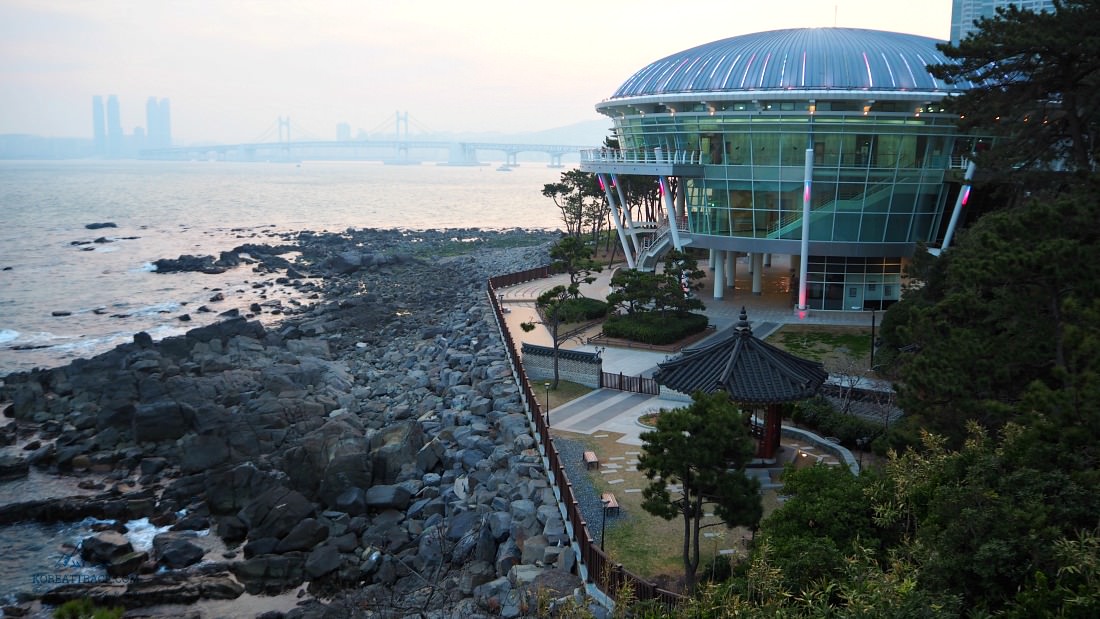
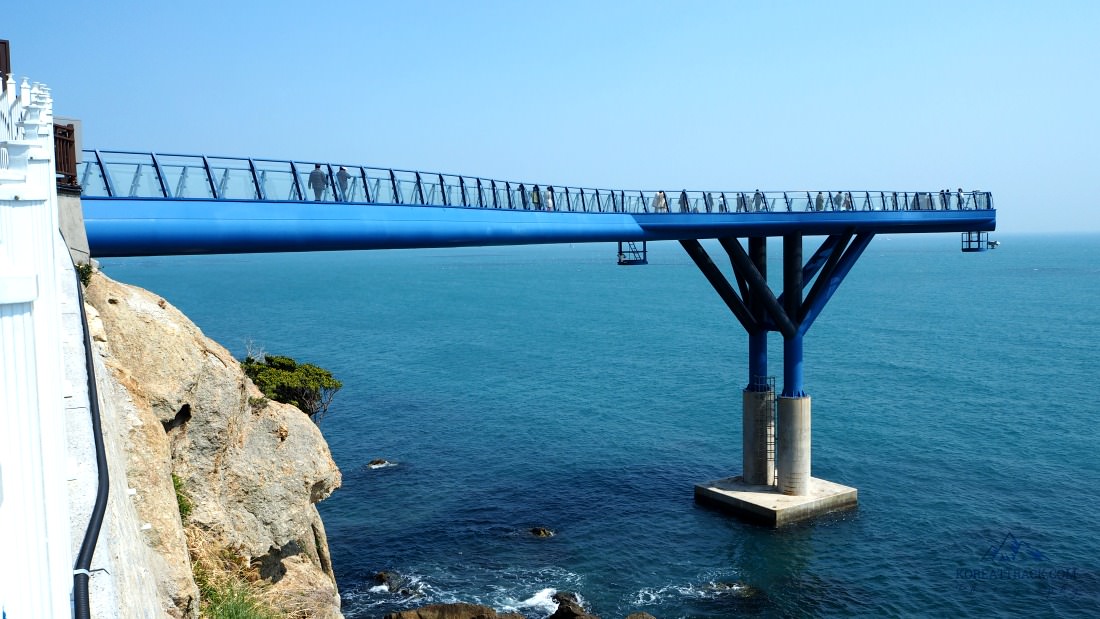
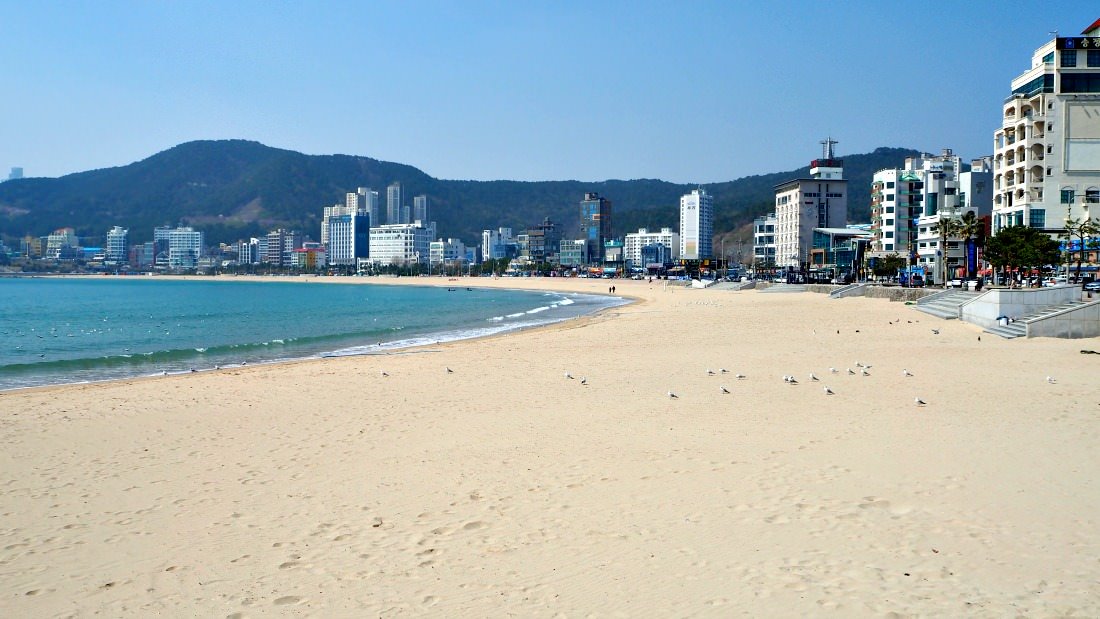




New! Comments
What do you think about this page? Leave me a comment in the box below.